Declassified after 56 years: JFK was engaged in 'existential' battle with Israel over its nuclear weapons program
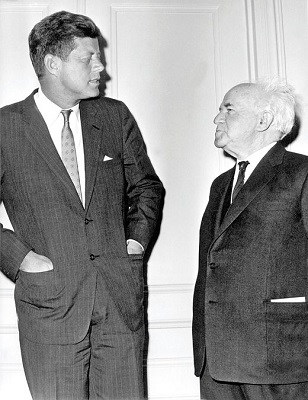
DPA / AFP
JFK Ben-Gurion
DPA / AFP
Kennedy and Ben-Gurion. Their meeting in May 1961 was as tetchy as their subsequent communication regarding Israel's nukes
Throughout the spring and summer of 1963, the leaders of the United States and Israel - President John F. Kennedy and Prime Ministers David Ben-Gurion and Levi Eshkol - were engaged in a high-stakes battle of wills over Israel's nuclear program. The tensions were invisible to the publics of both countries, and only a few senior officials, on both sides of the ocean, were aware of the severity of the situation.
In Israel, those in the know saw the situation as a real crisis, as a former high-level science adviser, Prof. Yuval Ne'eman, told one of us (Avner Cohen) 25 years ago. Ne'eman recalled that Eshkol, Ben-Gurion's successor, and his associates saw Kennedy as presenting Israel with a real ultimatum. There was even one senior Israeli official, Ne'eman told me, the former Israel Air Force commander Maj. Gen. (res.) Dan Tolkowsky, who seriously entertained the fear that Kennedy might send U.S. airborne troops to Dimona, the home of Israel's nuclear complex.
What was at stake was the future of Israel's nuclear program. Kennedy, with an exceptionally strong commitment to nuclear nonproliferation, was determined to do all he could to prevent Israel from producing nuclear weapons. Ben-Gurion (and later Eshkol) were equally determined to complete the Dimona project. For them, nuclear capability was an indispensable insurance policy against existential threats to Israel. The exchange between the American president and the two prime ministers illustrates both Kennedy's tenacity and the Israeli leaders' recalcitrance.
Earlier this week, we published - on the website of the National Security Archive - a collection of nearly 50 American documents from U.S. archives that illuminate for the first time the full scope of this secret American-Israeli confrontation. The collection includes not only the entire exchange of messages between the leaders - Kennedy, Ben-Gurion and Eshkol - but also many related American documents, some of which were declassified and became available only in recent months.
These include a full report of the U.S. inspectors who visited Dimona in 1964; memos in which senior White House officials deliberated how to deal with the prime minister; and intelligence assessments that had analyzed whether Israel's nuclear reactor was, as the Israelis insisted, really meant for peaceful use.
Kennedy, Nonproliferation and Israel
More than any other country, it was his dealings with Israel that impressed upon President Kennedy both the complexity and the difficulty of halting nuclear proliferation.
In the fall of 1960, not long after Kennedy's election, the outgoing Eisenhower administration first became aware of the Dimona reactor that Israel and France had begun building in secret during 1958.
Comment: Charles De Gaulle became president of France that year. He was led to believe that nuclear cooperation with Israel was strictly for civilian nuclear energy but, like JFK, soon found out otherwise...
The CIA issued a Special National Intelligence Estimate (SNIE) that determined that "plutonium production for weapons is at least one major purpose of this effort." Furthermore, the estimate predicted that if the Arab world believed that Israel was acquiring a nuclear-weapons capability, it would cause "consternation," and blame would be directed toward the U.S. and France for their presumed support of the project.
At a White House briefing on January 19, 1961, the eve of his inauguration, Kennedy inquired which countries were seeking the bomb. "Israel and India," outgoing Secretary of State Christian Herter told him, adding that the then-newly discovered Dimona reactor would be able to produce 90 kilograms of weapons-grade plutonium by 1963, enough for 10 to 15 nuclear weapons. Herter urged Kennedy to press hard for inspections of Dimona before Israel introduced such weapons into the Middle East.
Although Kennedy had a variety of tough issues to address from the outset - ranging from the CIA's plans for an invasion of Cuba to a crisis over Laos - within days of taking office he began urging Ben-Gurion to accept a U.S. visit to Dimona, insisting that a visit was a condition for good diplomatic relations. In responding, Ben-Gurion dragged his feet, citing a cabinet crisis that had to be resolved.
By April 1961 - by which time Ben-Gurion, who had resigned as prime minister on January 31, in protest of his colleagues' conduct regarding the Lavon affair, was heading a caretaker government - Israeli Ambassador to Washington Avraham Harman told the administration that Israel had agreed to a tour of Dimona by U.S. officials. On May 20, two Atomic Energy Commission scientists, U. M. Staebler and J. W. Croach, Jr., visited the site. Its management team explained that the technological rationale for the project was to gain experience in building and operating nuclear reactors that could be used in the future for peaceful power generation.
From U.S. documents, we know that the AEC team was "satisfied that nothing was concealed from them and that the reactor is of the scope and peaceful character previously described." This visit laid the foundations for a meeting between Ben-Gurion and Kennedy in New York, on May 31, 1961.
The rationale Ben-Gurion presented to Kennedy during that meeting, held at the Waldorf Astoria Hotel, was consistent with what the Dimona management team had told the American scientists: The nuclear project was peaceful in nature; it was about energy and development. However, the Israeli leader's narrative also left a little wiggle room for a future reversal. His caveat amounted to a few words: "for the time being, the only purposes are for peace. ... But we will see what will happen in the Middle East. It does not depend on us" (italics added)
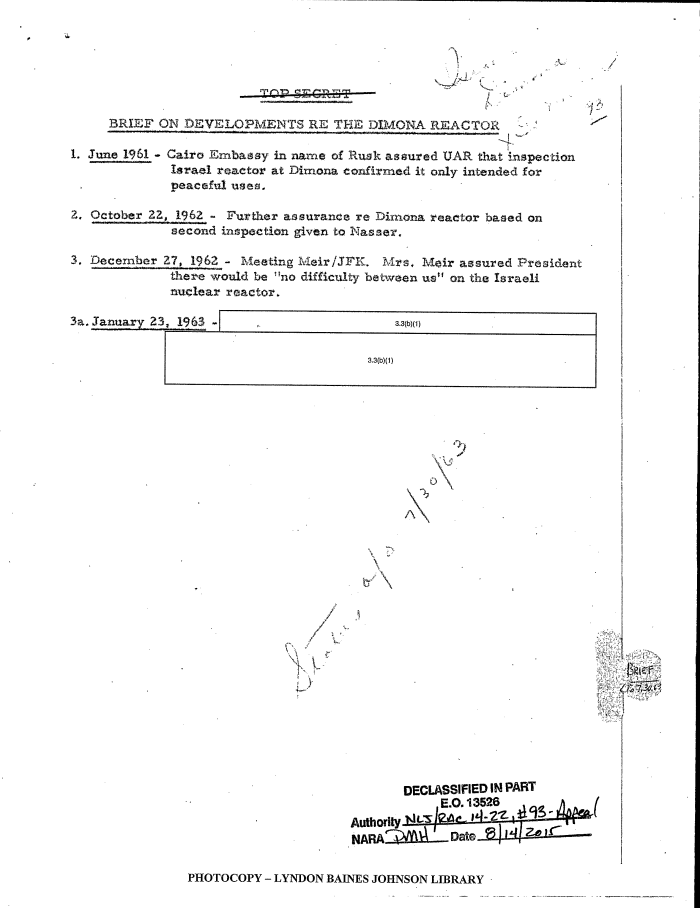
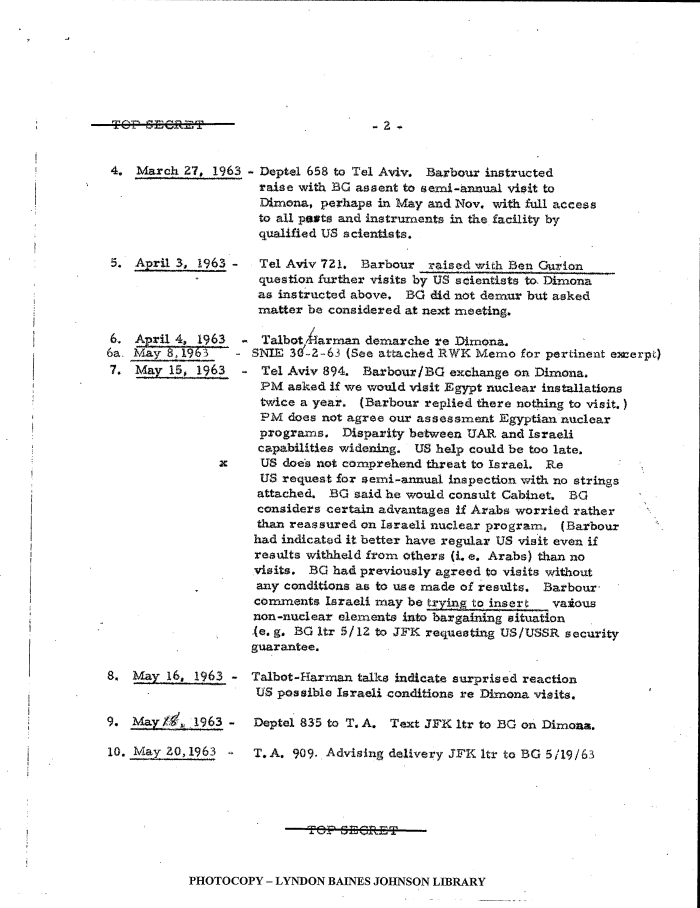
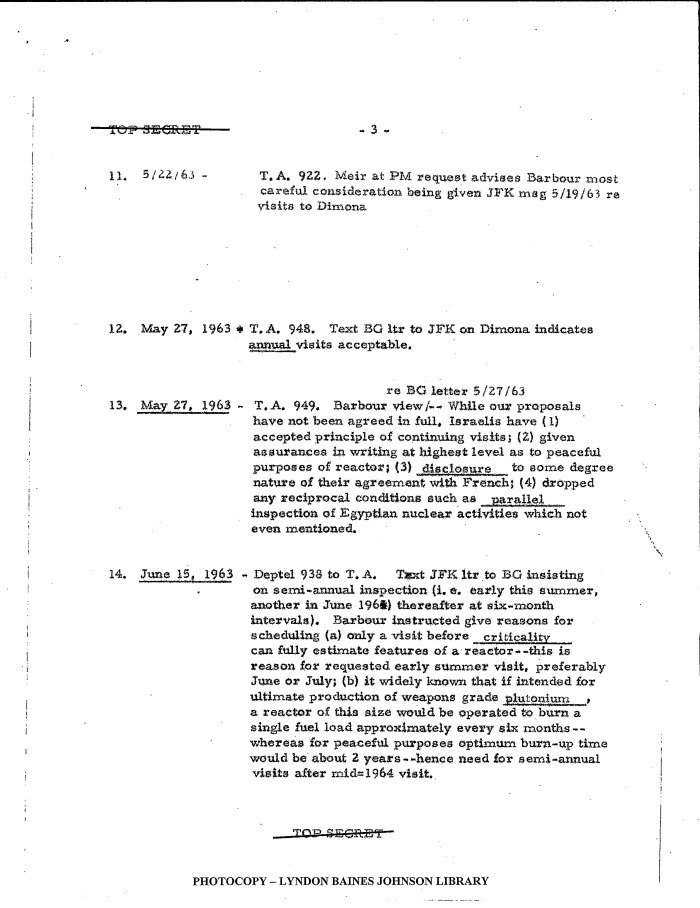
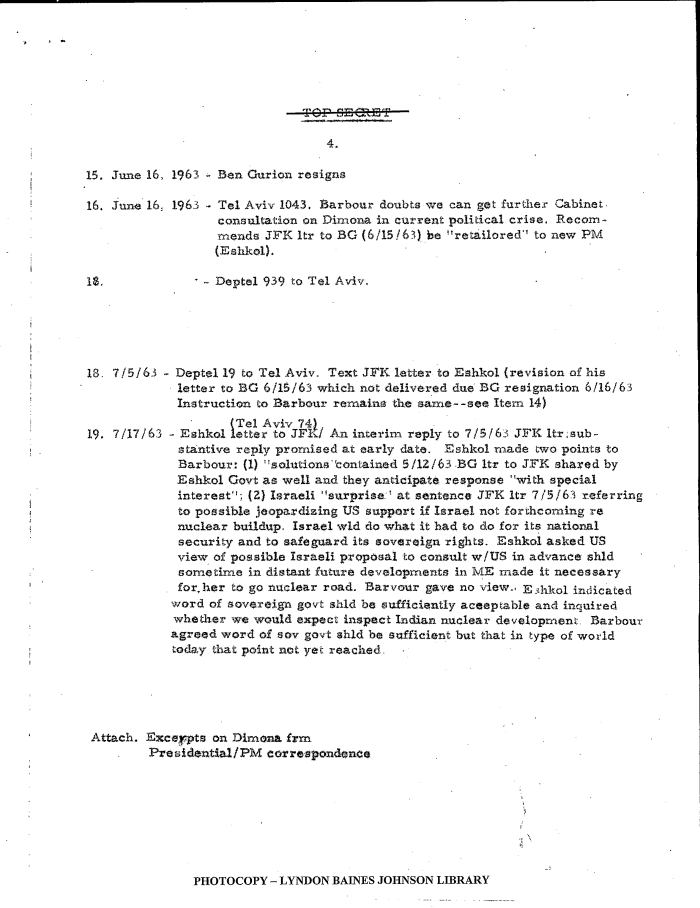
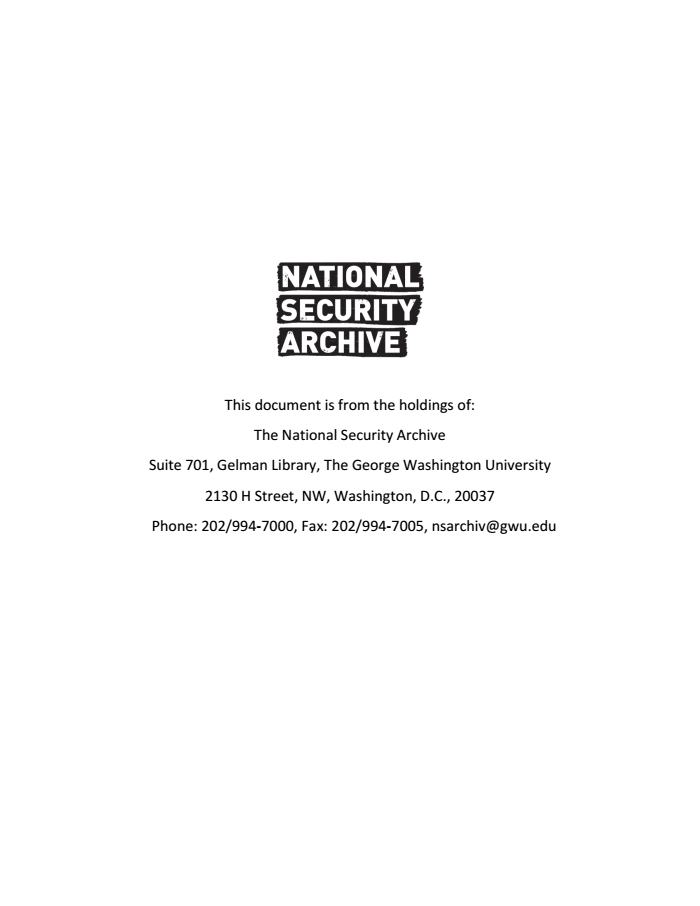
Latest News
-
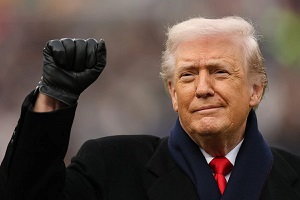 Trump vows revenge after troops in Syria killed in alleged IS ambush
Trump vows revenge after troops in Syria killed in alleged IS ambush
-
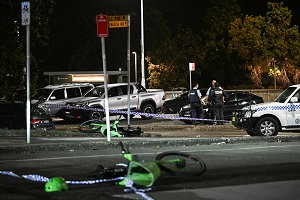 Gunmen kill 11 at Jewish festival on Australia's Bondi Beach
Gunmen kill 11 at Jewish festival on Australia's Bondi Beach
-
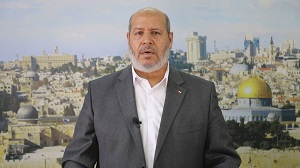 Hamas marks 38th anniversary, rejects all forms of guardianship over Palestinians
Hamas marks 38th anniversary, rejects all forms of guardianship over Palestinians
-
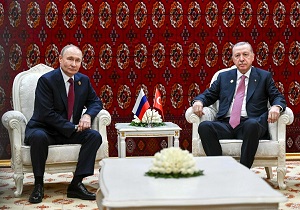 Erdogan warns Black Sea should not be 'area of confrontation' after strikes
Erdogan warns Black Sea should not be 'area of confrontation' after strikes
-
 Indonesia flood death toll passes 1,000 as authorities ramp up aid
Indonesia flood death toll passes 1,000 as authorities ramp up aid